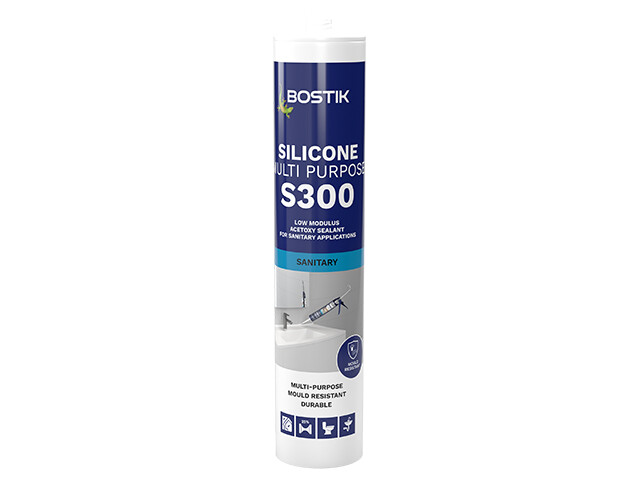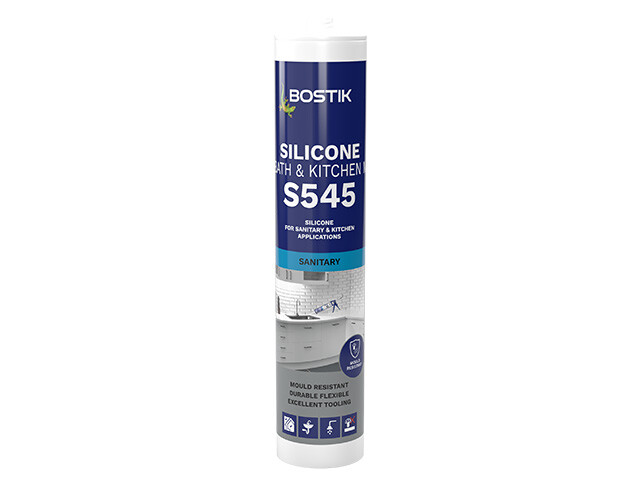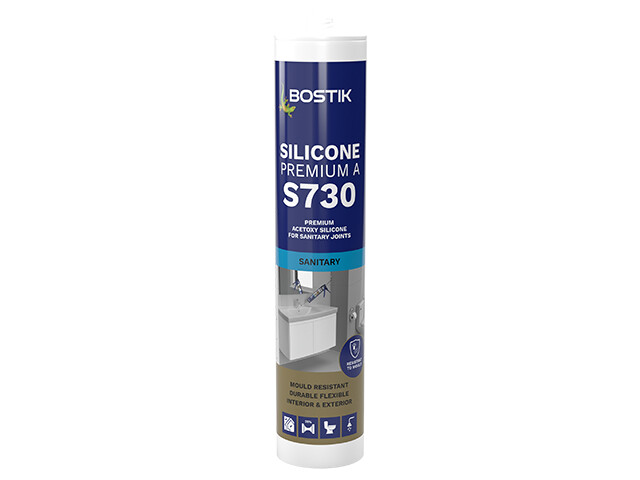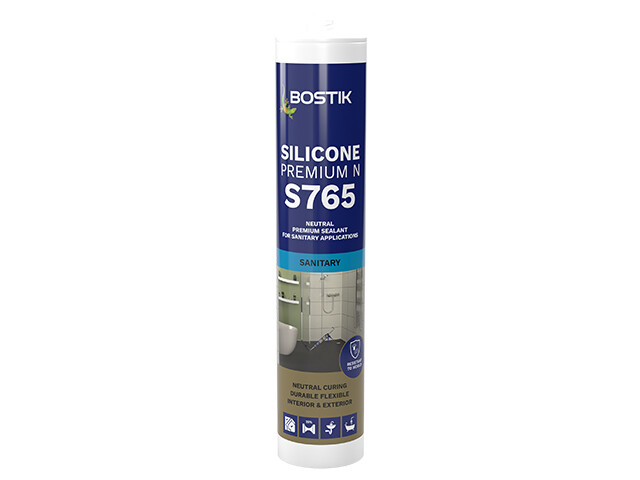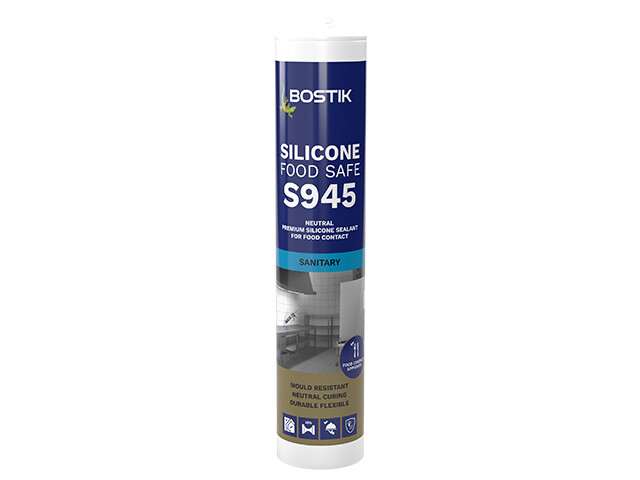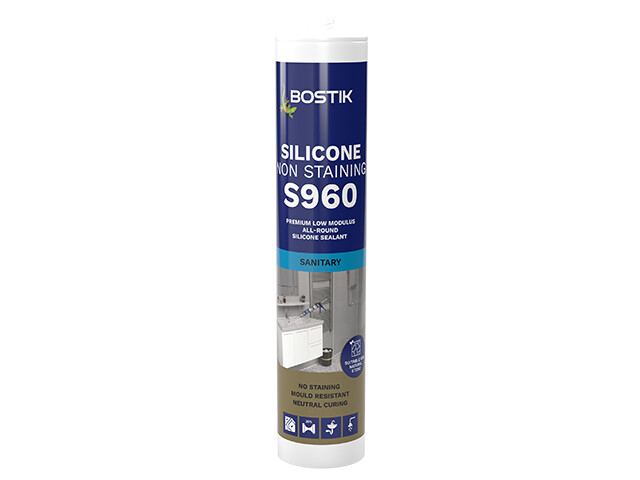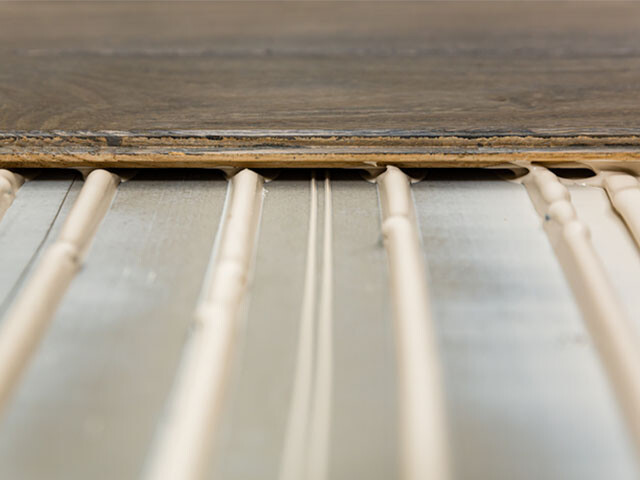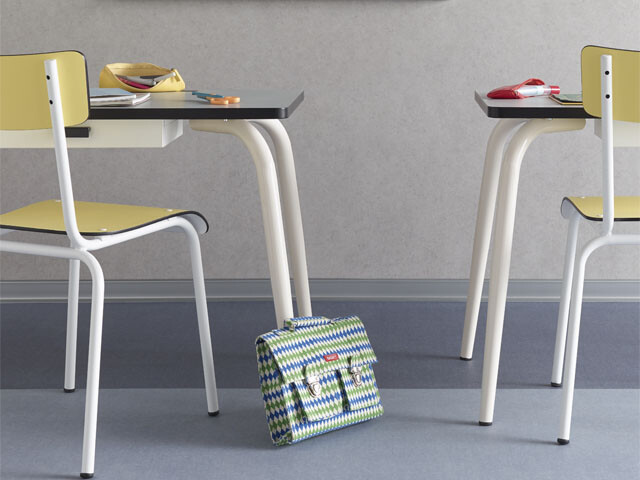Correctly applying sanitary sealant is crucial to prevent mould and fungus growth as well as water penetration. As sanitary ware has evolved with the times, finding the right sanitary sealant has also grown in importance. Not only do you need to ensure it is fast-curing in humid environments, it should also match the material and finish of your sanitary ware.
When it comes to sealing sanitary joints, Bostik has a wide range of sanitary silicones to choose from. Here’s our guide to choosing the best sanitary silicone for your next project.
Considerations when choosing your sanitary sealant
When selecting the ideal sanitary silicone for your needs, several factors should be taken into account:
Multifunctionality and adhesion:
- Your sealant should be multifunctional, working effectively on various surfaces with excellent adhesion. Opt for non-extended sealants that do not contain solvents, providing better-sticking properties without volume reduction after application.
- Bostik offers two technologies: acetoxy and neutral cure. Both options provide durable adhesion to a wide range of sanitary surfaces, ensuring reliability and performance.
Compatibility with substrates:
- Choosing the right sealant is crucial to avoid any adverse effects on the substrates it's applied to. If you're unsure whether the sealant may damage your surfaces, don't hesitate to reach out to our experts for guidance.
Choosing the right sealant for material and finish
Sanitary fittings come in a variety of materials and finishes, including ceramic, enamel, glass, metal, and stone. It's essential to match the sealant to your surroundings in terms of both material and finish.
- Traditional materials (e.g., ceramic, enamel, glass):
Use a silicone sanitary sealant without dilutions for joints around traditional materials. This provides the best finish and forms an elastic rubber seal upon application. - Modern materials (e.g., plastic, metal):
Opt for a neutral cure sanitary sealant for joints around modern materials. This type of sealant adheres best to plastic and metal surfaces, curing effectively even in humid conditions. - Porous materials (e.g., natural stone):
Choose a non-staining, plasticiser-free, neutral cure silicone sealant for porous materials like natural stone. This minimizes the risk of soiling or staining during application and forms a permanent rubber seal upon adhesion.
By selecting the appropriate sealant based on the material and finish of your sanitary fittings, you can ensure a professional finish and long-lasting seal.
Preventing mould growth: anti-mould properties
Sanitary areas, often dark and humid, provide ideal conditions for mould and bacteria growth. To maintain maximum hygiene, your sanitary silicone must contain fungicides to inhibit the proliferation of mould and bacteria.
All Bostik sanitary sealants are formulated with fungicides. Our technology restricts the growth of any mould traces that settle on the sealant's surface, preventing further development.
Our sealants ensure a long-lasting, professional finish by inhibiting bacteria and mould growth, which can cause staining or discolouration.
Bostik recommends maintaining humidity below 65% through proper ventilation and avoiding using chlorinated cleaning products to further prevent mould growth.
Fast-curing
Another important requirement is the ability to cure perfectly well under humidity. Sanitary areas are often very humid, so you need to be able to apply your sealant in these conditions and for it to dry quick enough to stop bacteria and mould from growing.
Plus, the longer the drying time for the sealant, the greater the chance that dust and dirt can attach to its surface affecting the quality of the finish.
Bostik’s sanitary sealants will skin over in as little as 5 minutes, and will cure at a rate of 2-3mm/24 hours. Factors such as how much sealant is applied and where it is applied can affect the drying and curing times.
Reducing VOCs for improved indoor air quality
In addition to ensuring fast drying, it's important to select a sealant with the lowest Volatile Organic Compounds (VOC) content when sealing sanitary joints.
VOCs evaporate into the environment after the sealant is applied, potentially emitting a slight odour. To promote better indoor air quality, it's crucial to minimize VOC emissions.
All of Bostik's sanitary sealants are manufactured with the lowest possible VOCs. Our products adhere to stringent indoor air quality standards and hold certifications such as EMICODE EC1.
How to prepare before applying a sealant to sanitary joints?
Now you know the best sanitary sealant for you, it’s important to understand the pre-application steps to take before you start sealing sanitary joints.
- Check the substrates of your tiles or other materials before purchasing sealants. A simple way to do this is to add a drop of water on the surface and see if the drop is absorbed or beads on the surface. If it gets partially or fully absorbed then the material is porous. If not, then it is non-porous. Choose products accordingly.
- For shiny, flat surfaces, 100% silicone-based sealants will give a better aesthetic finish.
- Before applying any sealant, ensure the surface is clean and dry. For porous surfaces, remove any dust with a clean cloth. For non-porous substrates, use a cloth and clean with Isopropyl Alcohol (IPA).
- Optional, place masking tape along the joint edges before application. This can make it easier to make a neat, tooled finish and not contaminate nearby surfaces.
- Use Bostik T500 FINISHING SOAP or soapie water to smooth the joint.
- Within the working time of the product, it is easy to smooth the sealant with a wet, round-ended tool (do not use a wetted finger). Check that it fits into the gap between the masking tape so that it catches the excess sealant.
Everything you need to know before sealing sanitary joints
Which sealant should you choose?
With ceramic, enamel or glass joints, it is important to use products that would offer good adhesion as well as be able to resist humidity and water. Sealants that contain 100% silicones with no dilutions will offer the best finish and will form an elastic rubber seal when applied. You need a versatile sealant that cures under humidity and is mould-free.
Sanitary joints are continually exposed to moisture and humidity. Some materials including metal may also be subject to corrosion. A 100 % silicone sealant that adheres well with different surfaces and cures under humidity is fit for use in this case. You need a versatile neutral silicone sealant.
Natural stone surfaces look beautiful but are often porous and therefore at a risk of getting soiled, at the edges, or stained while applying sealants. You also need to ensure that the sealant applies smoothly, adheres well to the surface and forms a permanent rubber seal. You need a non-staining, plasticizer free, neutral silicone sealant.
Sign up for technical training
Bostik ACADEMY is a knowledge center carefully created for professionals in the construction market. At the ACADEMY you can sign up for a tailored training program, matched to your needs and skills.
Our experienced Technical Team will present our product portfolio, best application methods, and key industry recommendations. Sign up through the link below to learn more.

